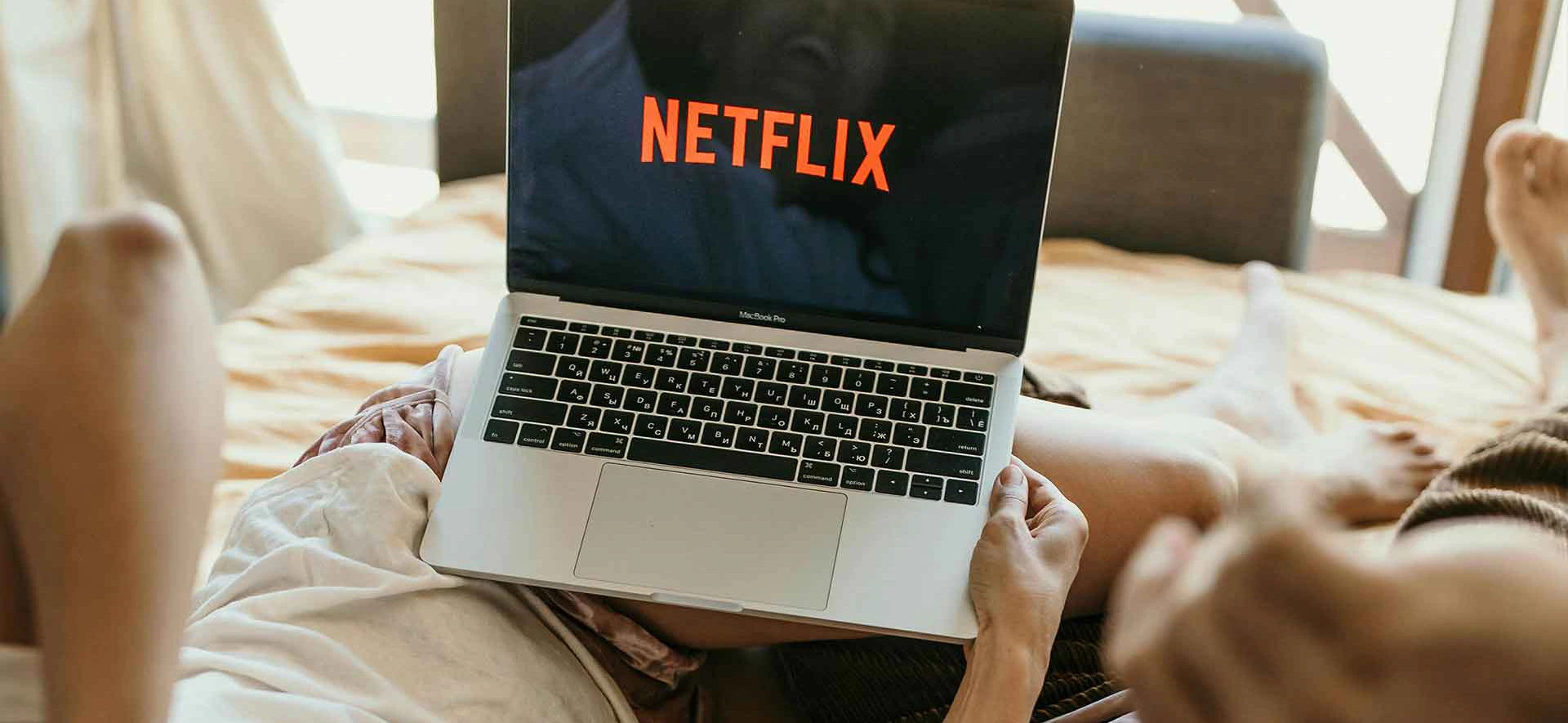Converting online buzz
With research showing that word of mouth and “talkability” are now more critical than ever in content discovery and decisionmaking, it’s clear that traditional advertising alone won’t cut it anymore.
Instead, new strategies must focus on stimulating conversation through a mix of partnerships, PR stunts, and collaborations. Nic Jones, Head of Strategy, APAC at EssenceMediacom, highlights that influencers are especially powerful.
“Younger people tend to trust influencers more than traditional brand communication.”
The marketing campaign for the 2023 movie Barbie serves as a prime example of this new direction, combining bold stunts and influencer partnerships to spark conversation. Apple+ similarly sparked interest in Ted Lasso without leaning heavily on traditional advertising, while Amazon Prime has taken a similar approach for its new release Fallout. Alex Brownsell, Head of Content at WARC Media, observes, “The Barbie movie’s extensive, pink-themed campaign helped it defy declining cinema attendance, setting a gold standard for blockbuster releases.”
This shift in strategy has also led to the creation of different types of content assets that need ongoing support through paid media. Richard Kirk, Joint CSO at EssenceMediacom UK, explains how the agency used view-through rates and costper-impression metrics to refine media strategies for Sky’s hit show Mary & George.
“We built a framework to identify which assets deserved more investment, focusing on those that drove higher engagement rather than just raw impressions. Engagement leads to higher chances of sharing or discussing the content, which is critical for a title’s success.“
Kirk’s team also designed systems to assess which influencers drive the most engagement, helping them allocate budgets more efficiently.
“This methodology decodes media value, shifting the focus from simple reach metrics to engagement and impactessential for launching complex content or niche entertainment formats.“
However, Kirk admits that promoting entertainment properties has become more challenging as the industry moves toward engaging specific niches. The focus is now on creating personalised content that resonates with individual communities and fandoms. Clients are increasingly looking beyond the traditional trailer, seeking ways to find and activate these niche audiences.
